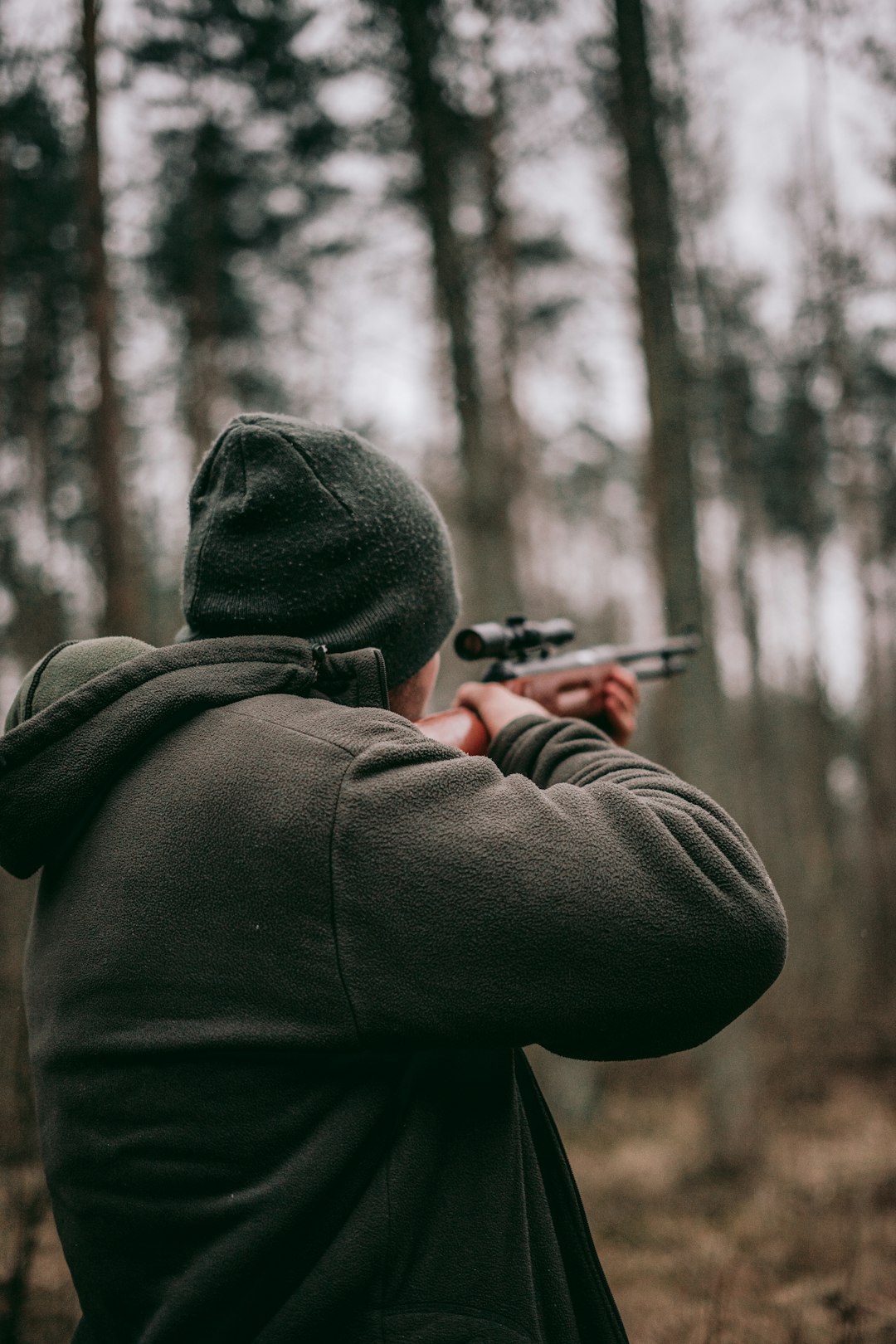Hunter/Trapper Kaikimi/Kaihopu Kararehe
Hunters and trappers shoot or trap animals to remove pests and control disease, and for food, fur, or research.
Hunters and trappers may do some or all of the following:
- decide where to hunt or trap animals
- get approval from authorities before hunting and trapping
- map the location for traps or hunts using technology such as navigation software
- notify people in the area where traps and poison are set
- keep a record of the work done – for example, the number of animals killed
- track animals by checking the area for signs such as droppings or damage to vegetation
- mix bait, set traps, or lay poison
- inspect traps and bait stations and remove or dispose of animals
- shoot animals (sometimes at night, which is known as spotlighting)
- cut tracks for better access to traps and bait stations
- skin animals, and cut up carcasses.
Physical Requirements
Hunters and trappers need to have a good level of fitness and stamina because the job can involve long hours and a lot of walking over rough terrain. They also need good eyesight (with or without corrective lenses).
Useful Experience
Useful experience for hunters and trappers includes:
- work in the bush
- any work involving livestock or farming
- servicing machinery
- driving on farmland or in the bush
- tramping and recreational hunting experience.
Personal Qualities
Hunters and trappers need to be comfortable working outdoors and on their own, as they may spend long periods alone in the bush.
Skills
Depending on the animal they are hunting, the method they are using, and the reason for their hunting, hunters and trappers need to have:
- knowledge of different types of traps and poisons
- good animal-tracking skills
- knowledge of animal behaviour and likely feeding places
- good shooting skills, and knowledge of firearm care, safety and laws
- animal-skinning skills
- knowledge of the outdoors, including bush and mountain environments
- driving skills – for example, ability to drive a four-wheel drive or a light utility vehicle such as a quad bike
- awareness of environmental issues, ecology and safety rules.
Conditions
Hunters and trappers:
- may work long and irregular hours, and may do some shooting at night
- work in all weather conditions in the country, in the bush, on hills, and on farms and reserves
- may have to travel by foot, car, motorbike or helicopter to get to rural or remote locations.
Subject Recommendations
No specific secondary education is required for this job, but maths and English to at least NCEA Level 2 are useful.
Related Options
Hunters and trappers may progress to managerial or supervisory roles, or start their own businesses.
They may also move into other roles, such as biosecurity officer or pest controller.
Hunters and trappers may also specialise in work, such as fur hunting, which involves trapping or killing animals for their fur to sell.
Years Of Training
There are no specific requirements to become a hunter or trapper. However, a New Zealand Certificate in Pest Operations (Level 3) may be useful.
You need a minimum of a First Aid Certificate to be employed by the Department of Conservation's culling programme or TBfree New Zealand.
If you are hunting with a rifle, you need a firearms licence and a hunting permit.
Hunters and trappers intending to use poison to kill animals need to have a Certified Handler Compliance Certificate and a controlled substance licence.
- NZQA website - information on the New Zealand Certificate in Pest Operations (Level 3)
- NZ Police website - information about firearms licensing
- Department of Conservation website - information about hunting permits and licences
- WorkSafe website - controlled substance licence information
- WorkSafe website - information about becoming a certified handler

 Edgewater College
Edgewater College